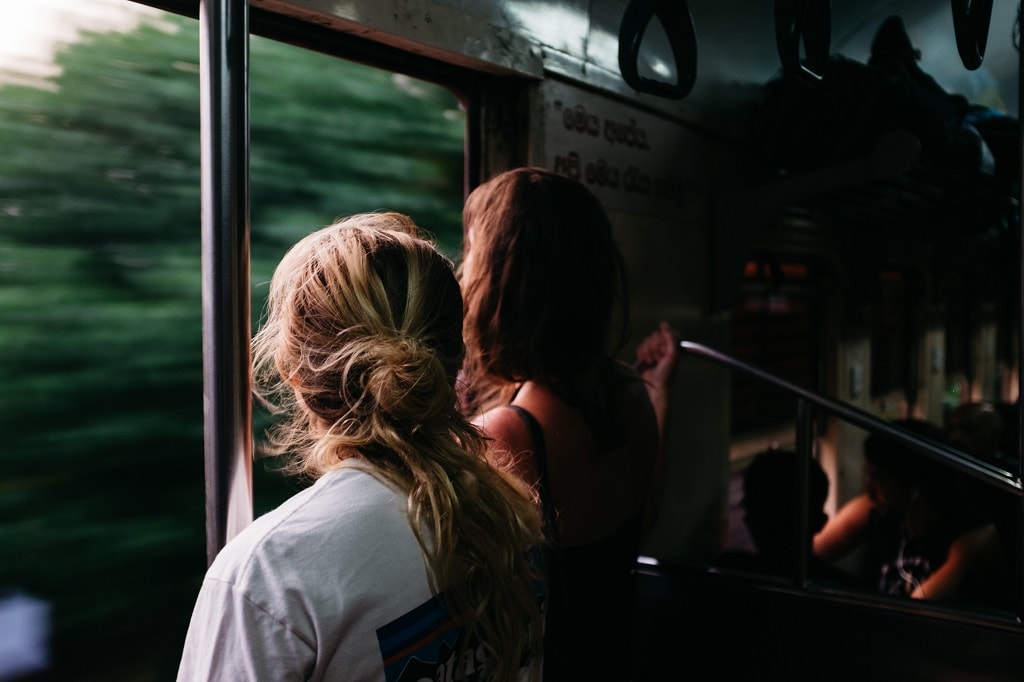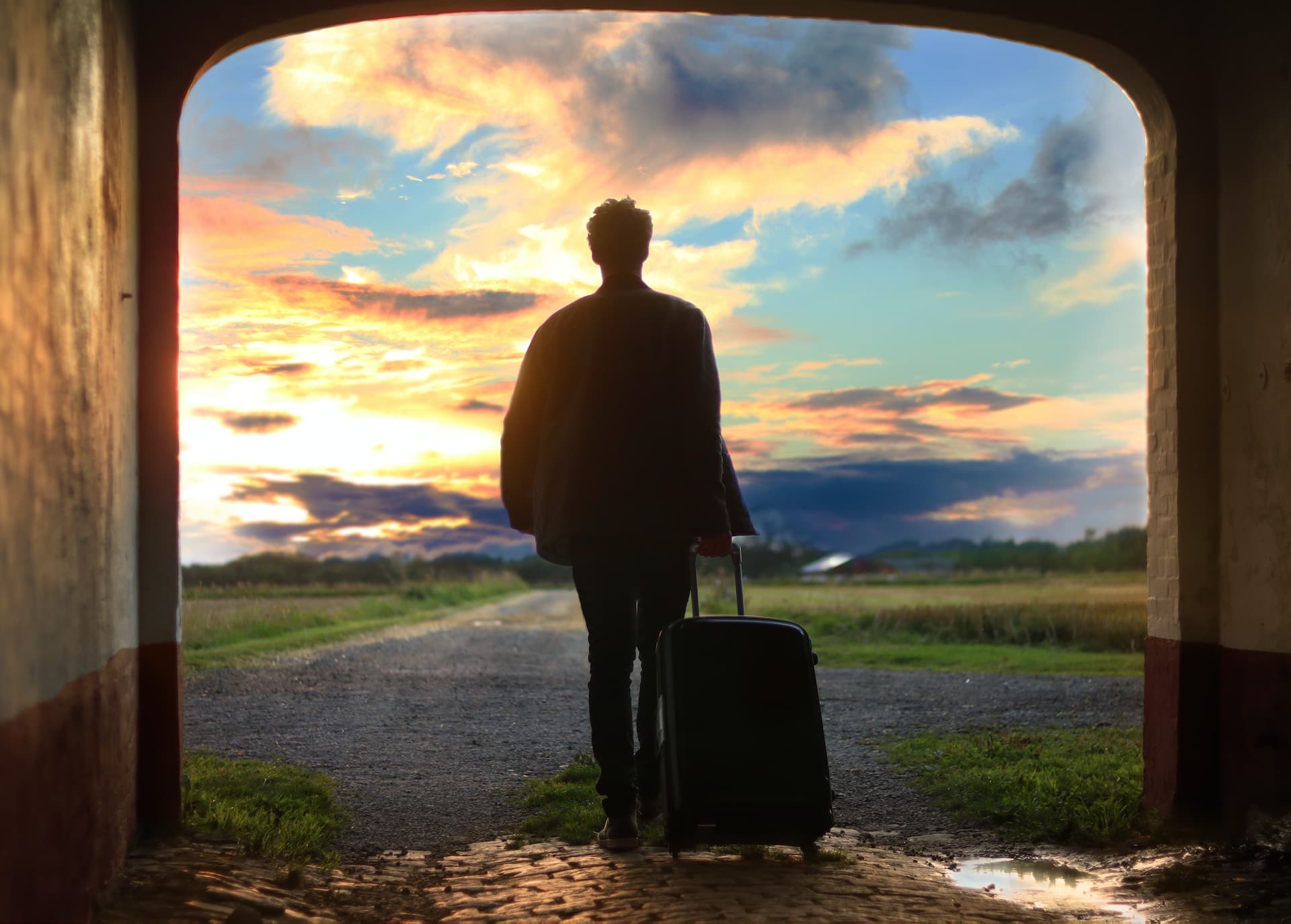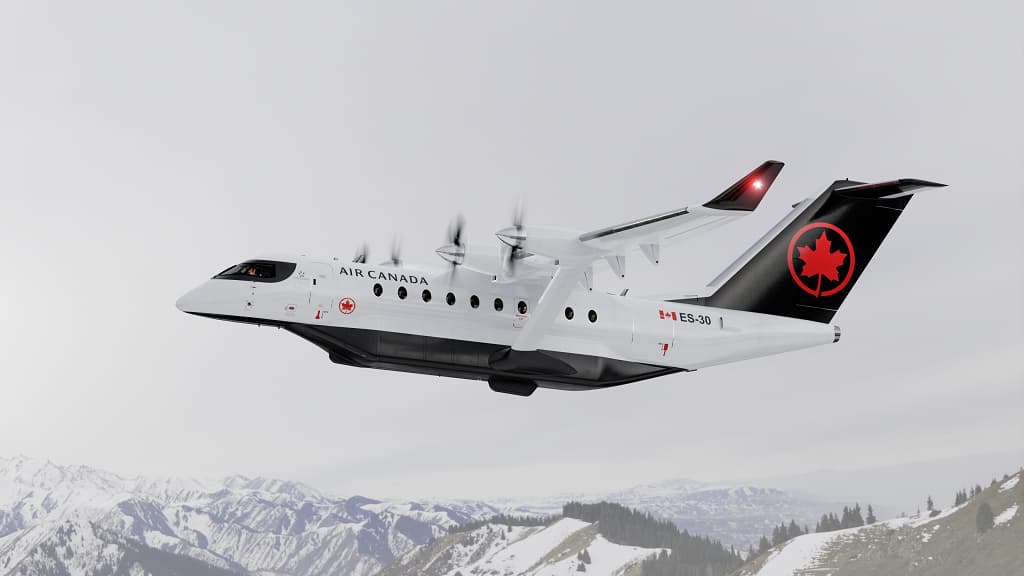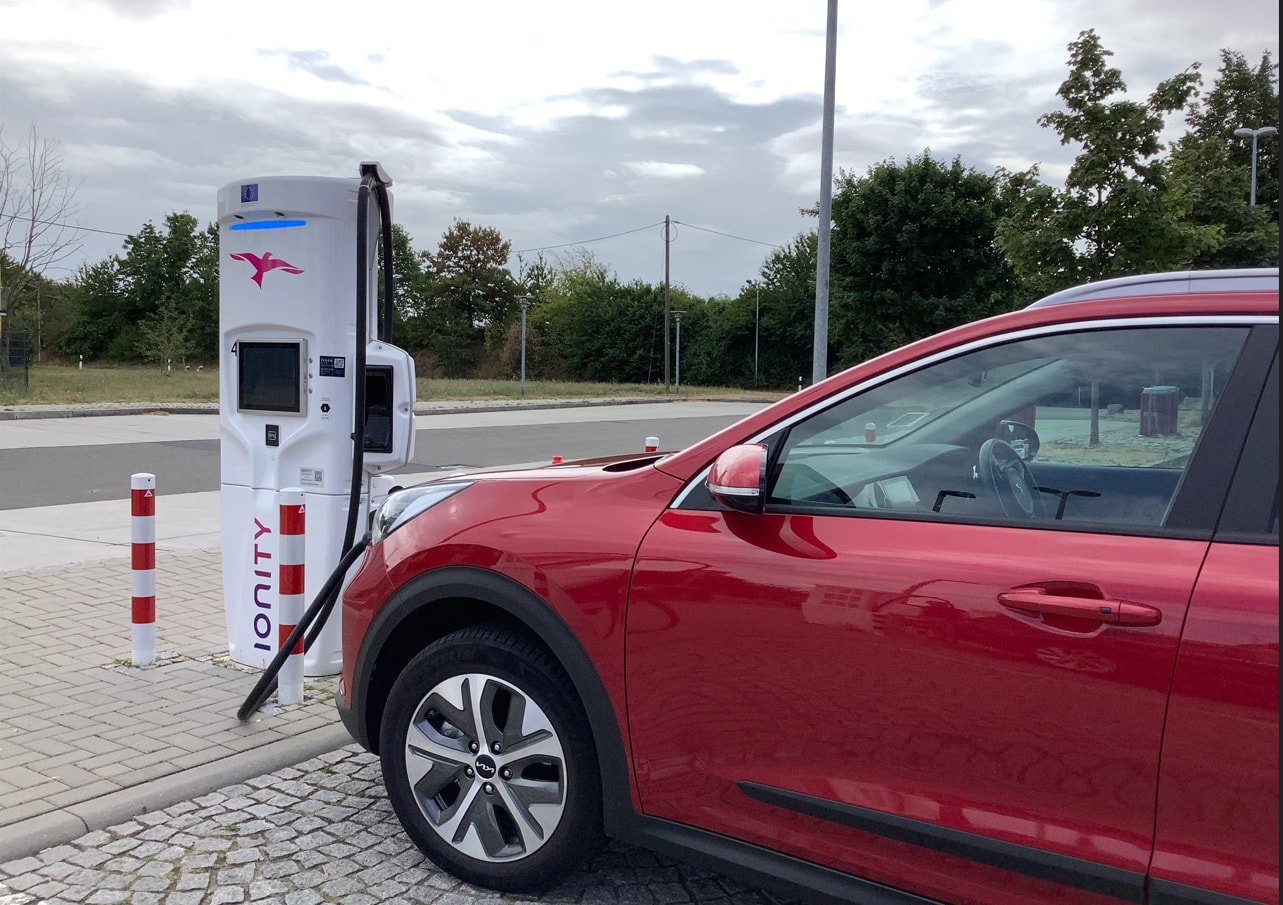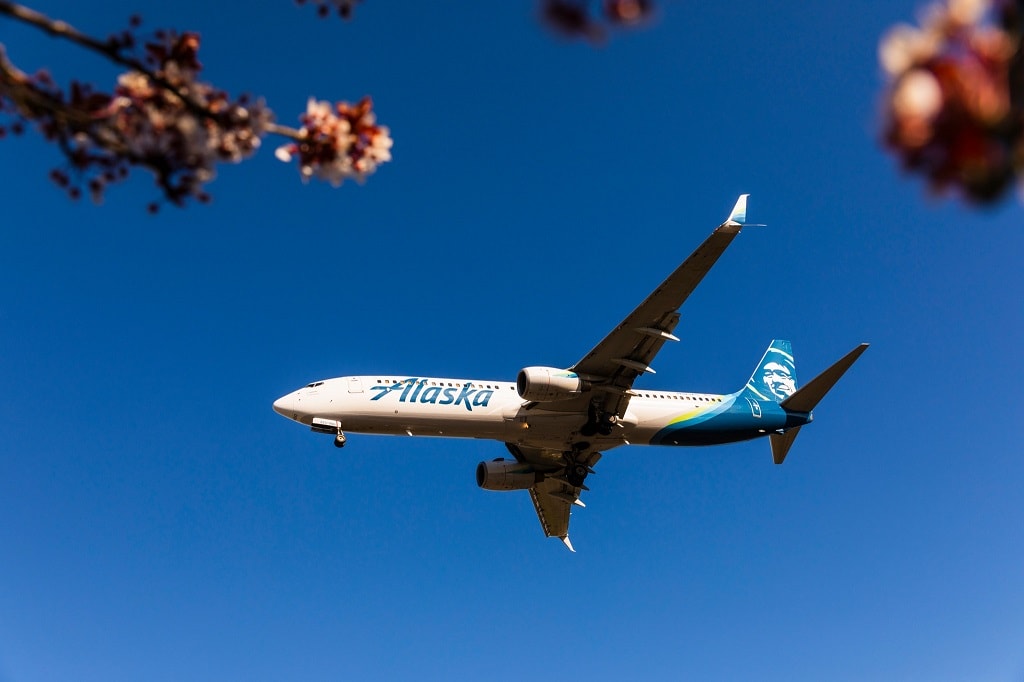Asher Svidensky is a freelance photographer, who is working with diverse and beautiful cultures from around the world and presenting them with wonderfully-built storytelling and photography. His works have been featured in such magazines as BBC, National Geographic, The Guardian, and many others. His passion leads him to photography adventures and exciting projects in China, Mongolia, India, South America and Africa.
Impakter Magazine interviewed Asher Svidensky and had a wonderful conversation about his passion, inspiration, and his project about Kazakh Eagle hunters in Mongolia.
Impakter Magazine: Asher, how did you discover your passion for photography?
Asher Svidensky: I found my passion for photography from my interest in storytelling. Initially, I was fond of cinema, especially scriptwriting. However, I quickly realized just how expansive it was to be able to work alone in that field. Usually, when you work in the movie industry, you depend on so many people. That is entirely different from when you are working with photography – you just get your camera and get out, which was terrific for me.
At first, I started by doing some street photography, then at 2009 I was drafted to the army and served as a military photographer for three years and after which I left everything and started traveling to Mongolia, China, Africa, Asia and South America, starting out with doing documentary and art photography.

Photo Credit: Asher Svidensky
http://www.svidensky.com/projects/the-eagle-huntress
How would you describe your photography style?
A.S.: I always try to combine different kinds of photography styles and I mix them with storytelling. In my photo essay work, I always try to make sure I give people, I usually photograph, the ability to share and tell their stories. At the end of the day, my aim is shedding light on their life and culture. Usually using image background removal to enhance the main focus is great for front cover magazines.
How do you usually find places for your photography adventure?
A.S.: Usually, I try to find something within a particular country that makes me interested in working with, and I just go. As an example, my first trip to Mongolia. One of the main reasons I went there was to try to meet and document the Kazakh eagle hunters’ lives who preserve an old tradition that’s been passed on from generation to generation, tame eagles and use them to hunt smaller animals, such as foxes and marmots.
It was the tradition’s fantastic preservation that drew me to them. I learned that eagle hunters preserve their traditions without any touristic nature, unlike in Kazakhstan. These Kazakh eagle hunters, who live in Mongolia today, are some of the last people on earth who still truly deserve the title “Eagle Hunters”.
It is not merely a title to them; it is a way of life.
That is a good approach: finding a fascinating subject and just going there, so you are not wasting your time.
A.S.: Yeah, I guess you can say that although many trips do not go as well as I was hoping but this is just how things work in the world of documentary world. You need to be ready for everything. The trick is to have at least one or two specific interests in the same area, a backup plan if you like.

Photo Credit: Asher Svidensky
How often do you do travel?
A.S.: It does depend on circumstances. When I first started traveling, I used to explore the world only around 2-3 months of the year, but with every passing year this number was growing: what began with two months, turned into four then six and so on. Now on average, I travel around 6-8 months out of the year, working on different projects and different assignments.
Can you name a country, a city or a place that brought you a lot of experience and excitement?
A.S.: I can easily say it is Mongolia. It is just a beautiful country to travel to and experience true freedom and the open wild nature. Every time I go there, it is not enough for me. It is a wonderful place to explore.
Let’s talk about your project about Kazakh Eagle Hunters who are living in Mongolia. Are they the last eagle hunters in the world?
A.S.: There are many eagle hunters in different countries in Asia such as China, Kazakhstan but I found the ones living in Mongolia to have a unique level of preservation of their art. Maybe it is so since Mongolia itself has been quite isolated for many years and the eagle hunters themselves are living at the corner of the country, even more, isolated, which allows me to observe the culture in a more personal way without outer influences.
What have you learned from eagle hunters?
A.S.: There is a lot of amazing things that I learned from eagle hunters. As I started traveling a lot and exploring other cultures and countries, I just realized just how nice and welcoming these cultures really are. They were open, friendly and happy that I was interested in their culture. The eagle hunters I ended up working with, cared deeply not only about sharing their stories and life but also in my stories and other people I met – I appreciate my time with them so much that, almost every year since, I do my very best to come back and visit the Kazakh Eagle hunters, who became my friends. It is very rare nowadays, and I am happy that I met them.

Photo Credit: Asher Svidensky
How do eagle hunters become eagle hunters?
A.S.: Well, eagle hunters train their children at an early age, it takes about five years, starting with assisting their Dads, helping with eagle hunting expeditions during the winters and eventually getting their own eagle. After they accomplish a successful hunt, they become eagle hunters. It is like an exam; you need to prove your skills.
What challenges have you faced during your trip to Mongolia?
A.S.: Well, distance is a definitely a challenge: Full days of driving are very common in Mongolia – and that is just to move from one nomadic family to the next. On top of that, you are often driving without having any idea if this place you are going to is interesting and worth the trip.
Another challenge was the weather. I came from a desert-like country, and it was in Mongolia when I saw snow for the first time in my life. It was also the first time I have experienced a real cold, and although right now I like it but back then I was really unprepared and had to struggle much with it. It was one of those experiences that when you are there, you hate it, but when you get used to it – you love it.
What does drive you forward?
A.S.: I think what drives me forward is the fear of not able to make my own work. One of the things that I am holding to be most important for me is my ability to make my own mistakes, to take risks and my willingness to try new things. I think that my mission is not necessarily achieving success as much as charting my own course in life. I think that is what drives me more than anything else.

Photo Credit: Asher Svidensky
It seems to me that you are going out of your comfort zone very often.
A.S.: I am trying to because it leads to amazing results and experiences, I think it’s important to go out and do the work regardless of whether it’s in or out of your “comfort zone”. I am teaching many workshops on photography and I saw so many people, that had great ideas for their own photography projects but they all stopped there. Too hesitant to take the next step and go out there and turn their idea into a reality. So for me, even if I do not feel ready enough for something, I make sure to not let that stop me and just do what I need to do.

Photo Credit: Asher Svidensky
What advice would you give to the readers, who have a dream to become a photographer but stopped at the stage of dreaming?
A.S.: Just do it. I know it is super scary, but if you want to be a photographer, does not matter if it is a documentary, nature or street photography, at the end of the day you have to make sure you go out there and create work that matters to you and grow with it. With every success and failure you will have, you will learn more about the world of photography and get better at it.
What are your plans?
A.S.: I am working right now on a couple of projects. There is one project which I am working already 2-3 years and probably keep working another couple of years and I hope in 2 years I will be able to go public with it.




